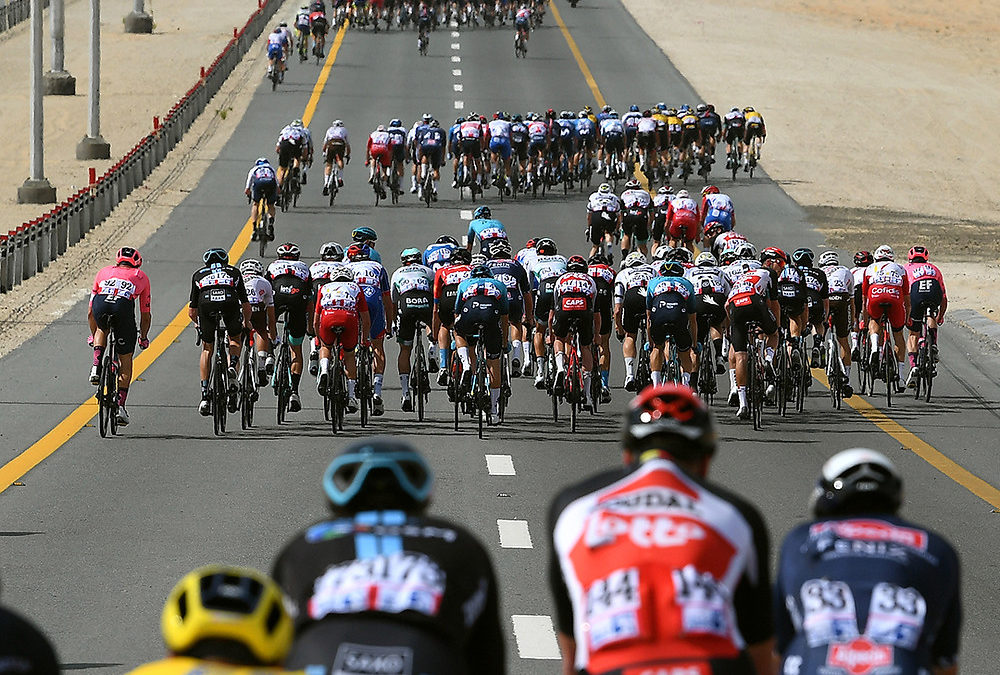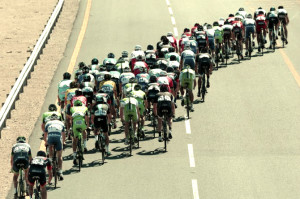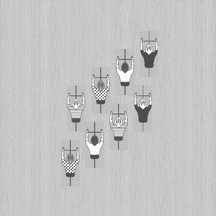If you have ever ridden the Tour of Southland or done your time racing in Belgium or Holland, you will probably form a rye smile when you think about today’s topic. Fingers crossed we will see some good crosswind action in this years Tour.
Here’s a few points to consider:
- Plan – look at the weather forecast and prevailing winds to consider sections of the course where the wind might be blowing across the road. Particular areas of concern are coming around a corner and hitting a crosswind. Write where these sections are on a piece of masking tape and put it on your stem (this is usual practice for climbs and hills, but can also be used here).
- Here is a good example of a well planned move in the crosswinds: Note Columbia HTC are ready to go and all on the front as they enter the crosswind section. They leave only enough room for their team to rotate: Columbia HTC Crosswind Display
- Keep near the front of the pack. Being near the front keeps you out of trouble and puts more riders between you and getting dropped.
- Ride as a Team. If you are in a team (or maybe have some buddies in the race), stick together during these sections so you can work together, and use your collective power, to keep out of trouble.
- Echelon. An echelon is where riders form a paceline diagonally across the road to shelter from the wind blowing across the road. The fundamental principle of crosswinds as a tactic is to isolate riders into small groups or better yet, individuals. The limited space across the road limits the number of riders that can ride in the front echelon, so two options become apparent:
- Bad Option. Ride single file behind the last rider on the front echelon (no protection here and you will eventually be dropped). Ironically this is what happens in most New Zealand races. We all think we can be that last rider in the front echelon.
- Good Option. If you have missed the opportunity to ride in the first group, start a second echelon. While maybe not as strong as the front echelon, you may be strong enough to survive the windy section and reform with the front group later. You will also be a lot stronger than riding alone or single file behind the front group.
- Here’s a good look at the Pros forming/riding echelon’s at this years extremely windy Gent Wevelgem (https://www.youtube.com/watch?v=G1zFFWoalf4).
- Aerodynamics. Don’t forget when not going up steep climbs, our sport is about aerodynamics, so…
- choose appropriate gear such as an aero jersey or skinsuit,
- limit the depth of rims to avoid being blown across the road,
- ride with aero in mind by being close to, and in the most sheltered spot behind, the rider in front,
- also have a wind cheating body position (see playlist Aerodynamics of Cycling on the Fitlab Youtube channel)
While it’s not rocket surgery, it does require quick thinking under pressure, planning ahead and reacting swiftly when the moment arises.



